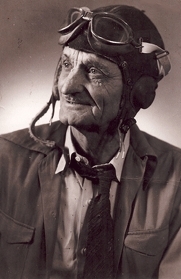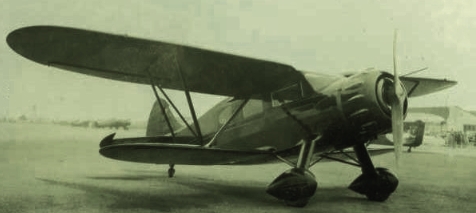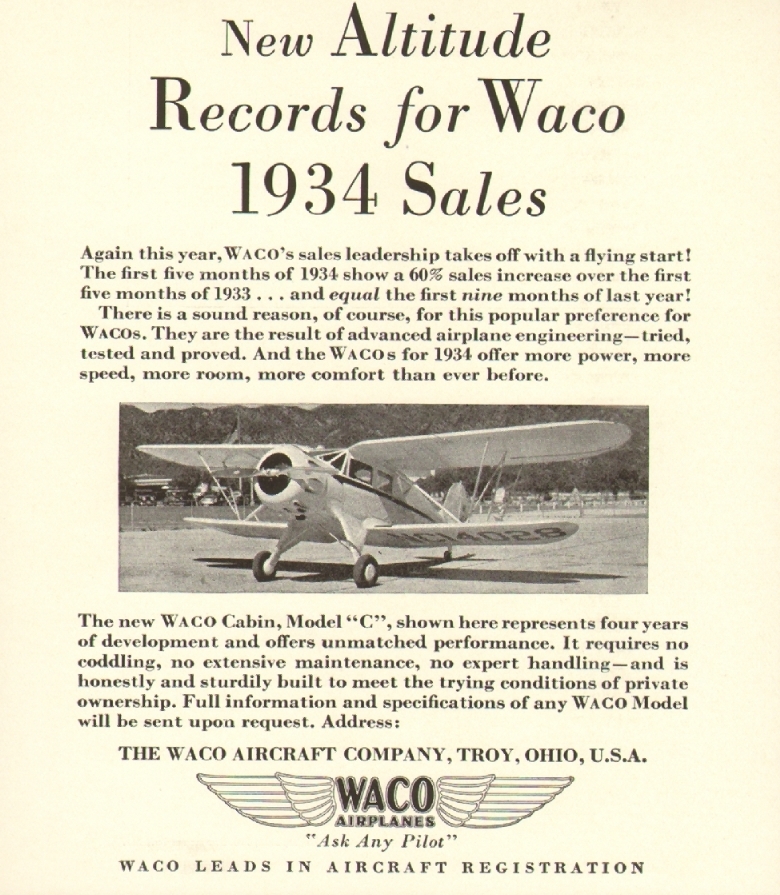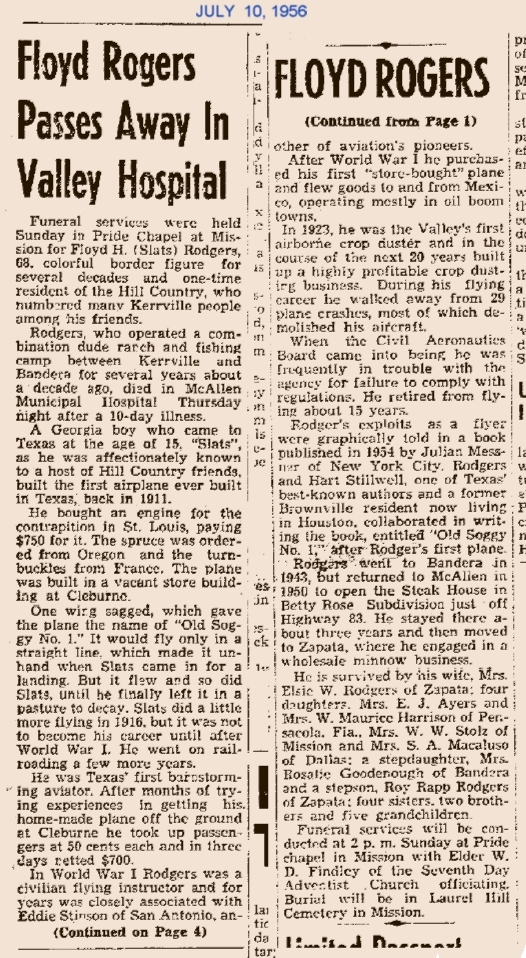After January 1920, many fliers moved south and saw their fortunes take an immediate turn for the better.
The passage of the Eighteenth Amendment Prohibition had provided them with a new source of income - using their
planes to smuggle liquor from Mexico into the United States. One barnstorming troupe operated out of Dallas,
Texas, under the name “The Lunatics of Love Field,” managed by the irrepressible Floyd “Slats” Rodgers. Rodgers
would conduct air shows in the afternoon and send one of the planes across the border for a shipment of whiskey.
If Slats suspected a government agent was in the crowd, he would have the plane smuggling in the contraband
join the stunt or formation as if it had been stunt-flying all along. The Lunatics operated successfully until
Congress passed the Air Commerce Act of 1926. The law called for the licensing of aircraft and pilots, and
laid down strict rules about the kinds of stunts fliers could perform. Ironically, the law was passed at the
insistence of the fledgling air transport industry, who saw the barnstormers as fostering the idea that
flying was dangerous and difficult—which, of course, is the whole idea behind barnstorming in the first place.
|





